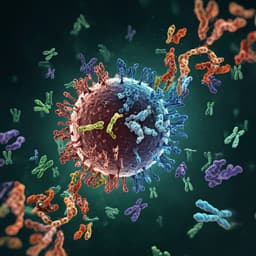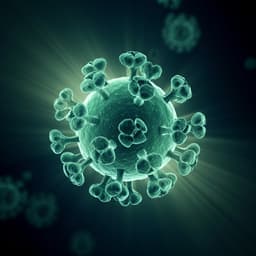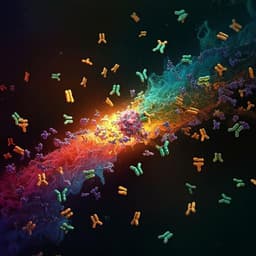
Medicine and Health
Understanding the effectiveness of government interventions against the resurgence of COVID-19 in Europe
M. Sharma, S. Mindermann, et al.
European governments utilized non-pharmaceutical interventions during the second COVID-19 wave. This research evaluates the effectiveness of 17 NPIs, revealing that while measures like business closures and gathering bans aided in reducing transmission, their impact was not as strong as in the first wave. Conducted by a diverse group of authors from various prestigious institutions, the findings offer valuable insights into public health strategies.
~3 min • Beginner • English
Related Publications
Explore these studies to deepen your understanding of the subject.







